When it comes to keeping pests at bay in your garden, nature offers a wealth of solutions that are both effective and eco-friendly. By harnessing the power of herbs and flowers with natural pest-repelling properties, you can create a vibrant and pest-resistant garden without resorting to harmful chemicals. In this guide, we’ll explore the use of herbs and flowers for natural pest control, highlighting their benefits and providing tips for incorporating them into your garden.
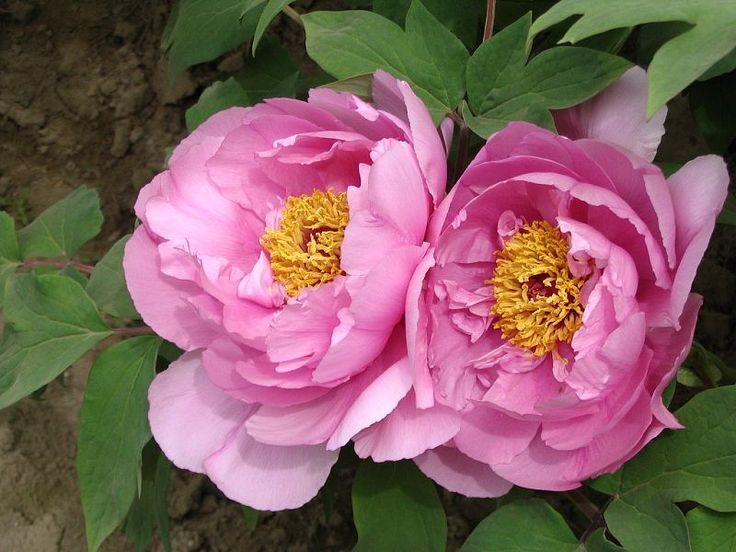
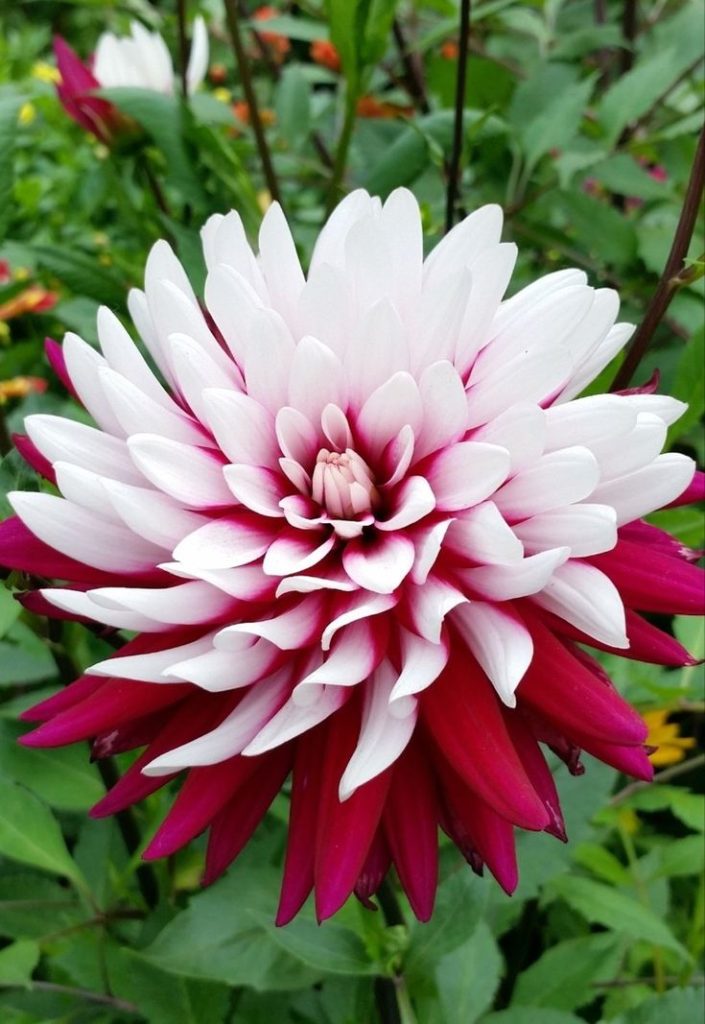
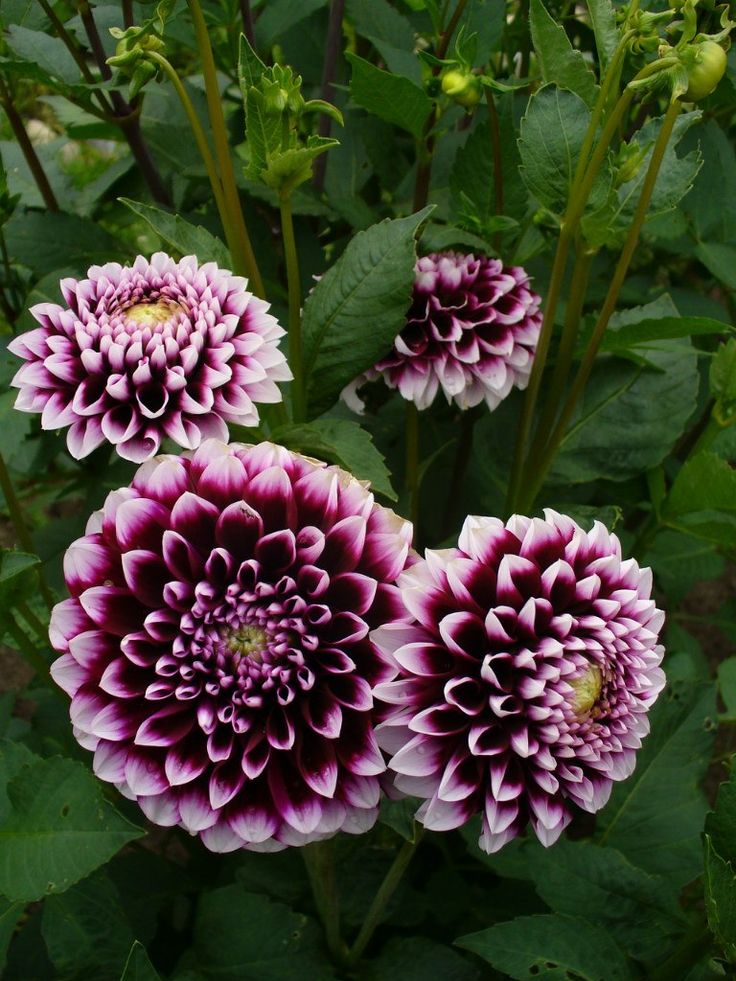
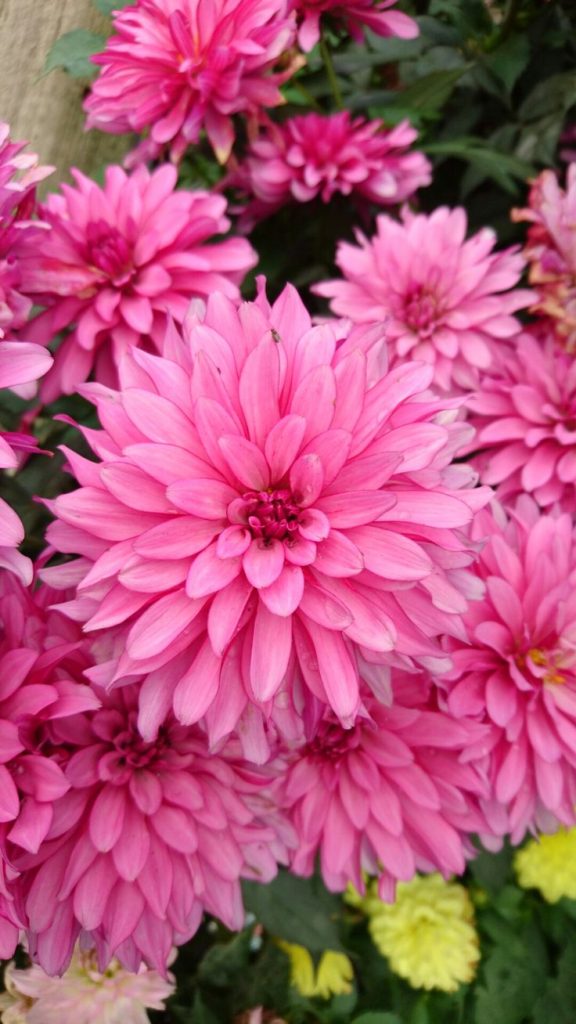
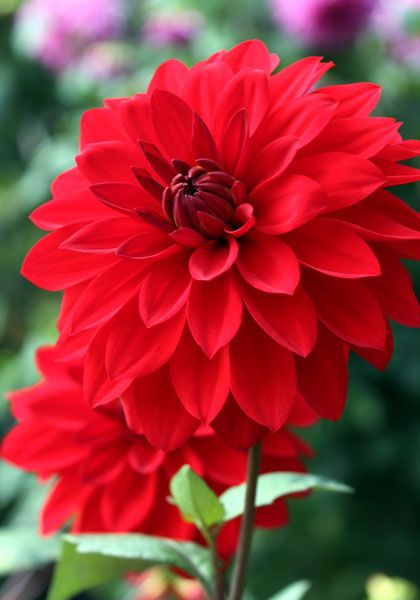
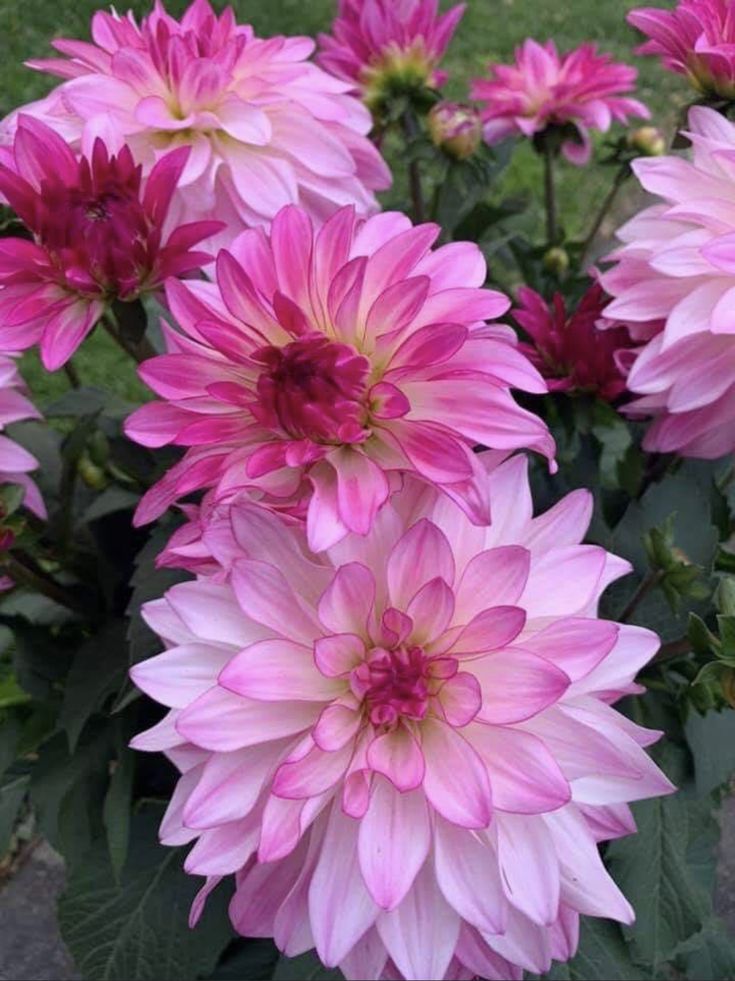
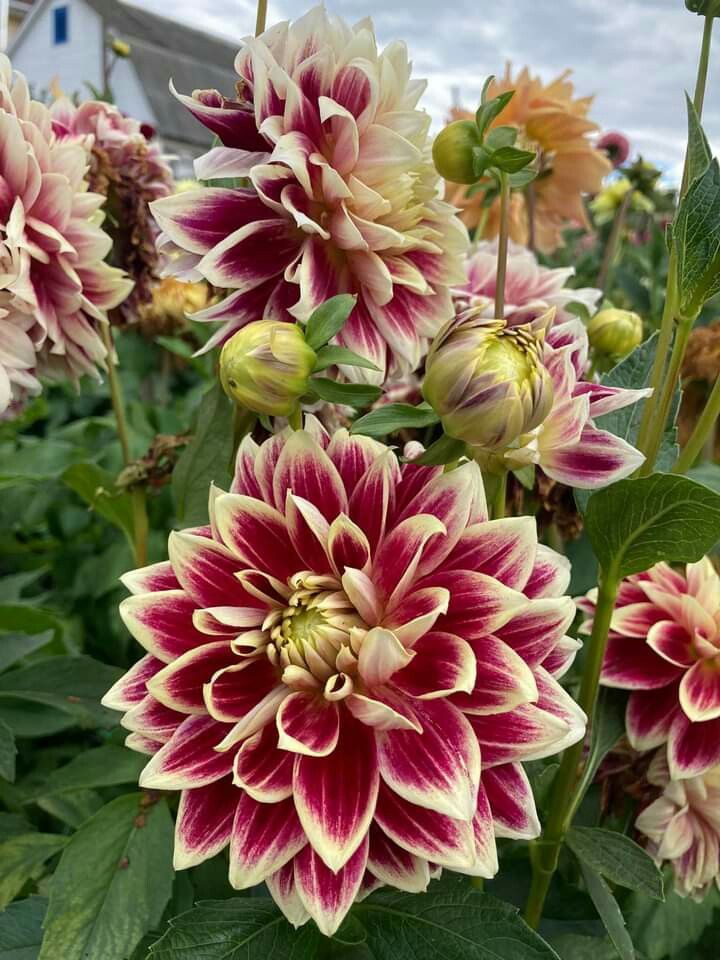
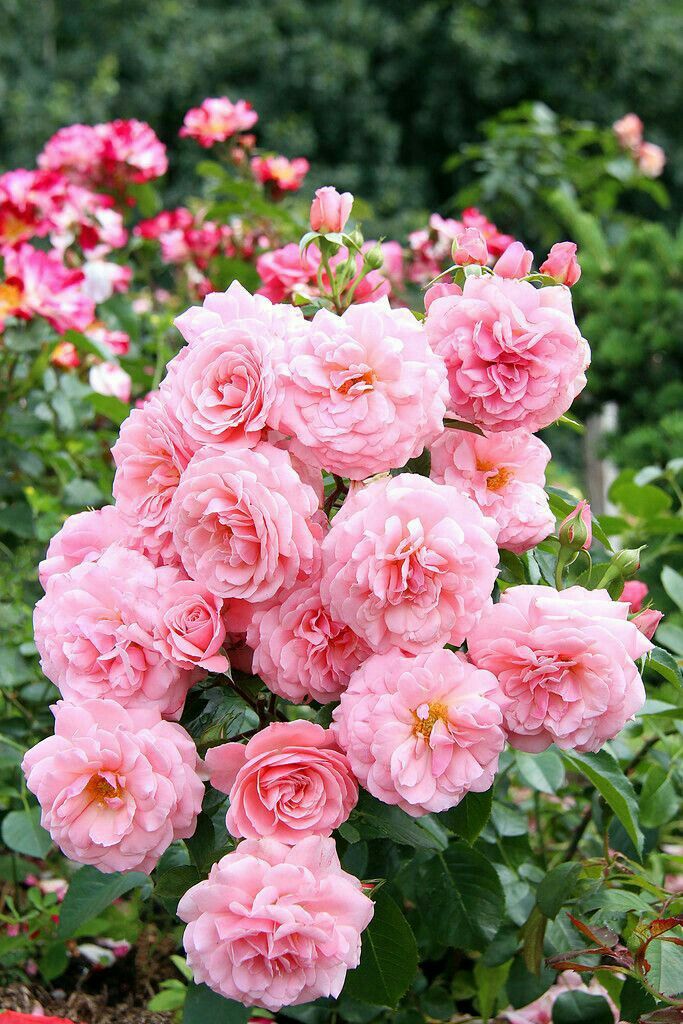
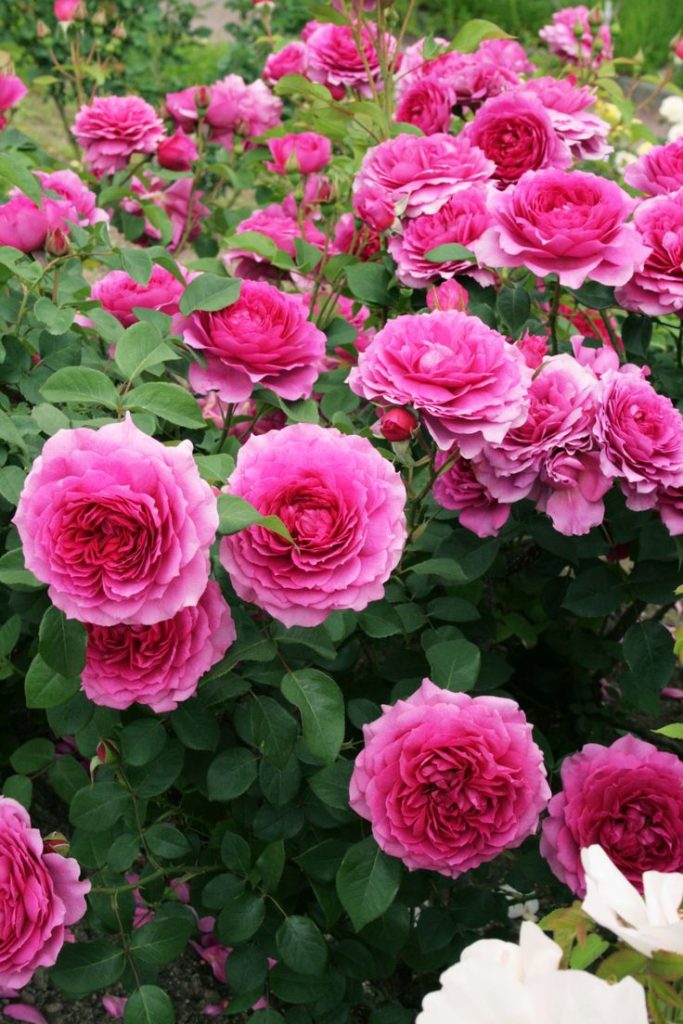
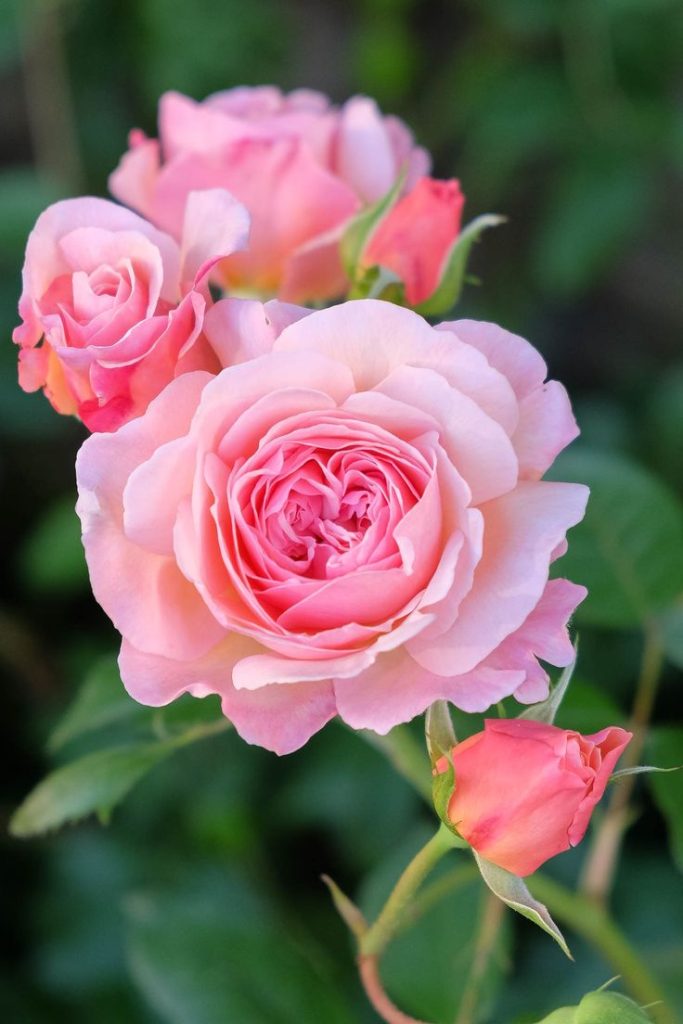
Understanding Natural Pest Control
- Beneficial Insects: Many herbs and flowers attract beneficial insects such as ladybugs, lacewings, and hoverflies, which prey on common garden pests like aphids, mites, and caterpillars. By providing a habitat rich in nectar and pollen, you can encourage these natural predators to take up residence in your garden and help keep pest populations in check.
- Repellent Properties: Certain herbs and flowers possess natural repellent properties that deter pests through their scent, taste, or toxic compounds. By strategically planting these pest-repelling plants around vulnerable crops or sensitive areas, you can create a barrier against unwanted pests and protect your plants from damage.
Herbs for Pest Control
- Basil: This aromatic herb not only adds flavor to your favorite dishes but also repels flies, mosquitoes, and aphids. Plant basil near doors, windows, or outdoor seating areas to keep flying insects at bay.
- Rosemary: Known for its fragrant foliage and culinary uses, rosemary also repels mosquitoes, carrot flies, and cabbage moths. Plant rosemary near brassicas or other susceptible crops to protect them from insect pests.
- Lavender: With its calming scent and beautiful blooms, lavender is a natural insect repellent that deters mosquitoes, moths, and fleas. Plant lavender around outdoor seating areas or near entrances to deter flying pests.
Flowers for Pest Control
- Marigolds: These cheerful flowers not only add color to the garden but also repel nematodes, aphids, and other insect pests. Plant marigolds around vegetable beds or in companion plantings to protect crops from soil-dwelling pests.
- Nasturtiums: Nasturtiums are not only beautiful and edible but also repel aphids, whiteflies, and squash bugs. Plant nasturtiums near squash, cucumbers, or tomatoes to deter pests and attract beneficial insects.
- Chrysanthemums: Chrysanthemums contain pyrethrin, a natural insecticide that repels a wide range of pests, including ants, roaches, and spider mites. Plant chrysanthemums in pots or borders around the garden to deter crawling and chewing pests.
Tips for Success
- Companion Planting: Integrate pest-repelling herbs and flowers into your garden design through companion planting. Pair them with susceptible crops or strategically place them around the garden to create a natural pest barrier.
- Rotate Plantings: Rotate your herb and flower plantings each season to prevent pests from becoming accustomed to their presence. This practice helps maintain the effectiveness of natural pest control measures and reduces the risk of pest infestations.
- Healthy Soil: Maintain healthy soil fertility and balance to promote strong, resilient plants that are better able to withstand pest pressure. Incorporate organic matter, practice crop rotation, and minimize soil disturbance to support a thriving ecosystem underground.
Conclusion
By harnessing the power of herbs and flowers for natural pest control, you can create a garden that not only delights the senses but also wards off unwanted pests without the need for harmful chemicals. Whether you’re planting basil to repel mosquitoes or marigolds to deter aphids, incorporating these natural pest-repelling plants into your garden can help promote a healthy and harmonious growing environment for both plants and people. So embrace the beauty and benefits of nature’s defenders, and let your garden thrive naturally.